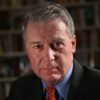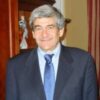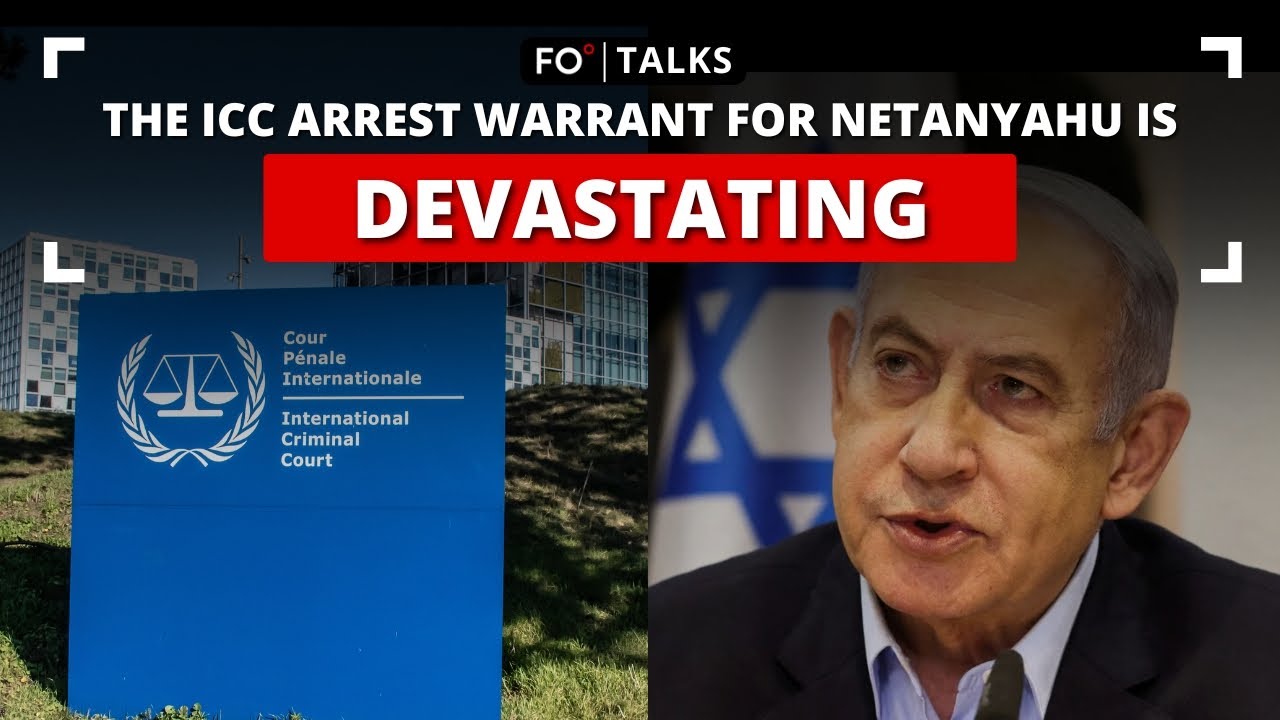On May 10, a bombing attack on the Democratic Republic of Congo (DRC) reignited decades-long tensions between the DRC and its neighbor, Rwanda. Tensions have run high since 1996 when Rwanda orchestrated an invasion into Congo as a continuation of the Rwandan Civil War. But how did we get to a bombing attack?
There are three dimensions to the hostility taking place in the region. The first, the national dimension, reaches as far back as 1960 when the Dutch left and Congo gained its independence. Congo’s first president, Mobutu Sese Seko, capitalized on the instability and eroding institutions as a form of government.
The second dimension is at the local level. Ethnicity is heavily politicized in the region. Over 100 armed groups claim territories in eastern Congo. The groups recruit along ethnic lines and clash over who is and who isn’t indigenous Congolese. The Hutu and Tutsi ethnic groups in particular have a long history of violence against each other.
Confrontation between the Hutu and the Tutsi is also the root of the final dimension, the regional tensions. During the 1990–1994 Rwandan Civil War, the Rwandan Armed Forces, representing the Hutu-led government, clashed with a Tutsi rebellion force called the Rwandan Patriotic Front (RPF). The Rwandan genocide occurred on April 6, 1994 when over a million Tutsi civilians were massacred by the Rwandan Armed Forces. The RPF assumed control after the genocide. As a result approximately one million Hutu fled Rwanda and settled in eastern Congo. Rwanda then invaded Congo in response to the creation of the refugee camps.
History behind the regional tensions
Rwanda’s invasion of Congo sparked the First Congo War, which lasted from 1996 to 1997. Fearing a Hutu attack, Rwanda sent troops into eastern Congo territory in the hope of dismantling the Rwandan Armed Forces refugee camps. Taking advantage of weak institutions and unstable ethnic fault lines, Rwanda hoped to install a government favorable to its own Tutsi government. Rwanda soon found allies in the large and dissatisfied Congo Tutsi population. Alongside a Tutsi force called the Allied Democratic Forces for the Liberation of Congo (AFDL), Rwanda attacked the refugee camp and massacred thousands of Rwandan refugees.
The AFDL continued its rebellion against the Congolese government after the withdrawal of Rwandan forces in 1997. Dissatisfied with =Mobutu, Laurent Kabila, the leader of the AFDL, led the charge to topple and exile Mobutu. Kabila installed himself as Congo’s president in Mobutu’s place. Rwanda favored Kabila’s Tutsi government. Ties between the two countries remained strong until Kabila ordered all Rwandan officials out of Congo. Kabila’s decision ultimately led to the Second Congo War. It lasted five years and divided the country. Eventually Congo reunified and a constitution was drafted: the Third Congolese Republic. Since then, Congo has seen two presidents.
The most recent election in 2019 installed Felix Tshisekedi as president. It marked the first peaceful transition of power in Congo’s history. However, Tshisekedi was nervous once elected. He had every right to be. For one, he was the opposition. Two, he has no ties to the military, while his predecessor Joseph Kabila (son of Laurent Kabila) created the Congolese military. As a result of his nervousness, Tshisekedi began to look towards Rwanda as an ally.
The alliance was a good opportunity for Rwanda. It offered cooperation with neighbors and a potential stabilization of the region. It also offered economic growth for the tiny country — direct airlines from Kinshasa to Kigali and, most importantly, the gold market. However, the alliance didn’t last as Rwanda’s suspicions overshadowed any potential friendship.
In November of 2021, eastern Congo Islamist extremist group ADF carried out a terrorist attack on Uganda. In response, Uganda and Congo created a joint military operation against the ADF. However, Rwanda and Uganda are not on good terms. Rwanda grew suspicious of Uganda’s military movements in Congo and incorrectly assumed Uganda was attempting to destabilize Rwanda. Rwanda feared an invasion and began to back a recent iteration of M23, a Congolese Tutsi rebellion force, hoping to destabilize the Congolese government before it could destabilize Rwanda.
Congo faces an enemy within its borders
The name M23, the March 23 Movement, comes from failed negotiations between the precursor group to the current M23 and the Congolese government on March 23, 2009. This current iteration of the M23, however, comes with alleged support from Rwanda in an attempt to cripple the Congolese government. Currently, the M23 occupies territory from the northern Ugandan border to the Congolese city of Goma in the eastern region. With Rwandan financing and support the M23 has caused the second largest displacement crisis after Sudan. 1.5-2 million Congolese have been displaced as a result of the M23’s efforts.
It is no secret that Congo doesn’t have a strong army after Mobutu invested so heavily in Congo’s instability. In order to push back against the M23, Congo turned towards local militias and international private security contractors. However, those efforts didn’t put much strain on the M23. Rwanda is known for its strong, centralized military, so it isn’t much of a surprise that the Rwandan-backed M23 poses a significant threat against the Congolese government.
Congo’s second attempt at fighting the M23 brought in the East African Community (EAC), a regional organization of eight African states. Together, the EAC created a peacekeeping force to combat the M23. Congo was severely disappointed in the efforts. The peacekeeping force acted as a buffer between Congo and the M23 rather than a forceful armed group like Congo had wanted. Other groups, such as the South African Community (South Africa and Tanzania) have also had difficulty dismantling the M23.
While Rwanda’s plan in using the M23 has been relatively successful, the question arises if the plan is sustainable. Short answer is no. The long answer involves the two separate endgames Rwanda and the M23 have. While Rwanda and the M23 are connected by ethnic ties, neither want the same goal. Rwanda is banking on the instability the M23 creates within Congo’s borders. The M23, on the other hand, wants an exchange. Their earlier iteration helped liberate Rwanda from the FDLR, the military group responsible for the Rwandan genocide. In exchange, they want Rwanda’s help liberating Congo from anti-Tutsi sentiment. In addition, despite Rwanda’s idea of ethnic connection, the M23 still considers itself entirely Congolese.
Don’t essentialize ethnicity
Despite the M23’s and Rwanda’s ethnic justification behind the rebellion, it is important to remember that ethnicity is simply that — a justification. Bigger elements are in play here, most notable of those being power and materials.
Rwanda’s power comes from its branding. The state puts its logo on everything from soccer teams to churches to corporations. Branding is the most important thing to Rwanda’s image of a safe country. The M23 is “bad press.” So why do they continue to back it? Rwanda has justified its support through discursive genocide. In other words, Rwanda’s reasoning is, “If there’s even a 1% chance the genocide can happen again, we must secure ourselves in every possible way.”
A bit of digging into Rwanda’s economy proves the reasoning goes deeper than ethnicity. As deep as the gold mines in eastern Congo, in fact. eastern Congo’s gold goes through middleman networks that are taxed very heavily. Now that there is increased instability in eastern Congo due to the M23 rebellion, those networks don’t have the desire to work for Congo.
It’s a great opportunity for Rwanda. All they need is for eastern Congo to be a mess and harass the government so Congo’s networks turn to Rwanda for financing, protection and exportation without high taxes. The gold is smuggled into different countries and exported from there to bypass Congo. So, Rwanda’s support of the M23 doesn’t quite rest on ethnic ties. It rests in Congo’s gold mines.
Where does it go from here?
Due to Rwanda’s emphasis on national branding, it is very susceptible to international pressure. Even the tiniest push from other nations could cause it to pull the plug on M23. There needs to be a stronger call for Rwanda to cease support. With international pressure, the M23 rebellion could collapse and put an end to the violence and displacement in eastern Congo.
That’s only half of it, though. Even without the M23, Congo still faces a problem of conflict resolution. Tensions run high between the Hutu and the Tutsi within its borders and in Rwanda. But Congo has neither a military force nor the power necessary to host both parties for peace talks. The only other option is peace processes on the local level. There needs to be a discourse of past trauma. Acknowledgment of tragedies and continued discussion of them is the only way for the region to move forward.
[Cheyenne Torres wrote the first draft of this piece.]
The views expressed in this article/video are the author’s own and do not necessarily reflect Fair Observer’s editorial policy.


































Comment